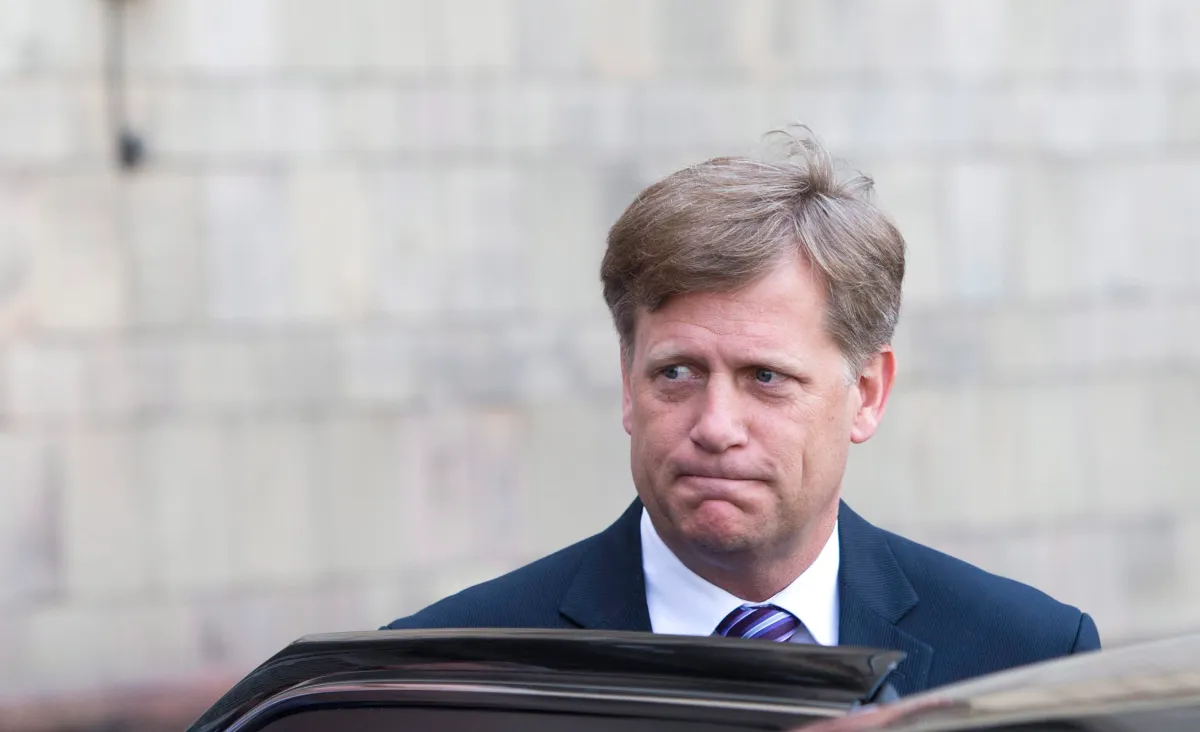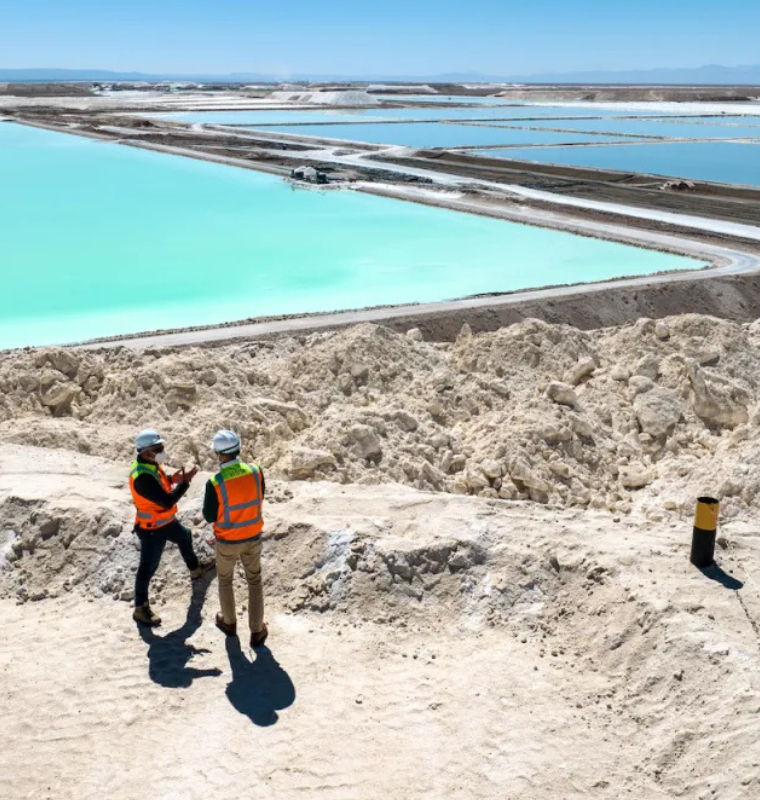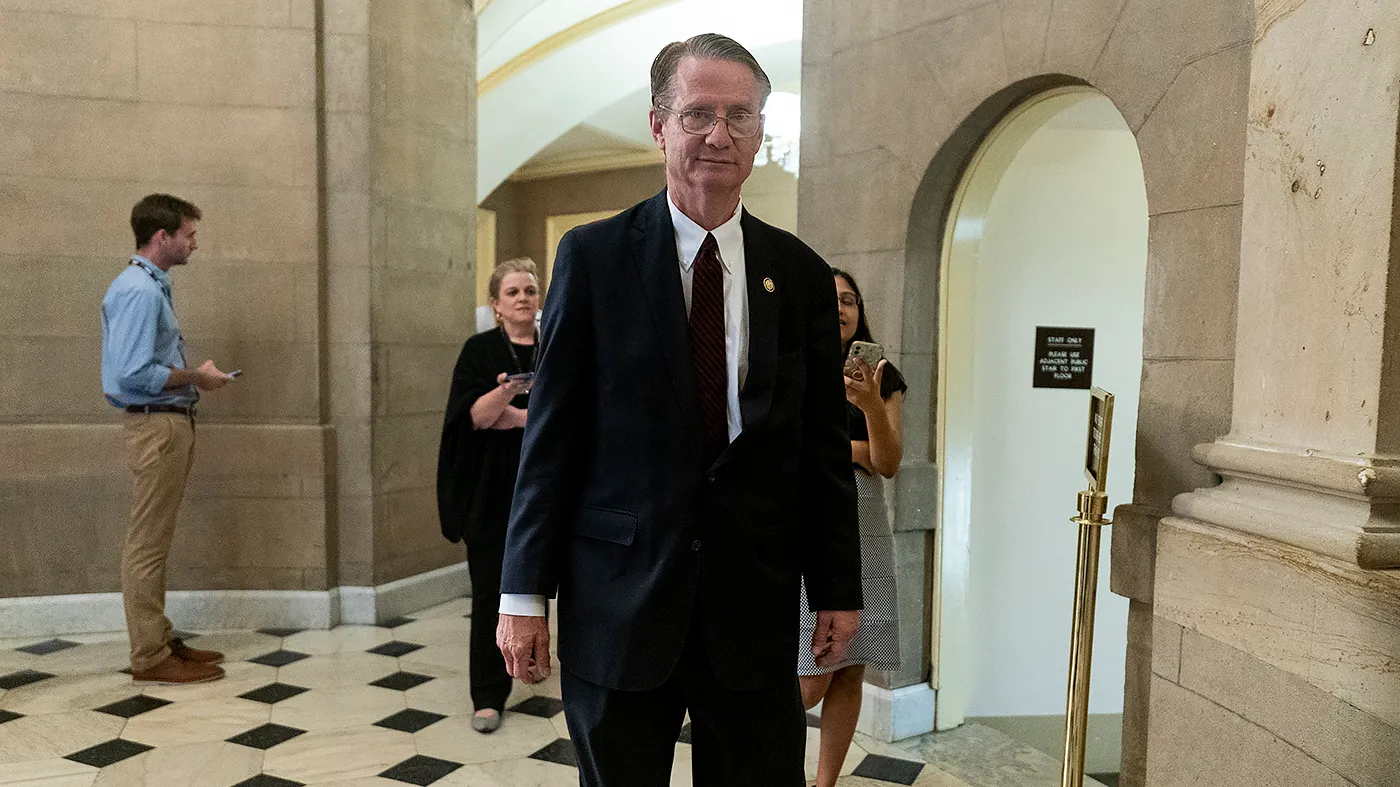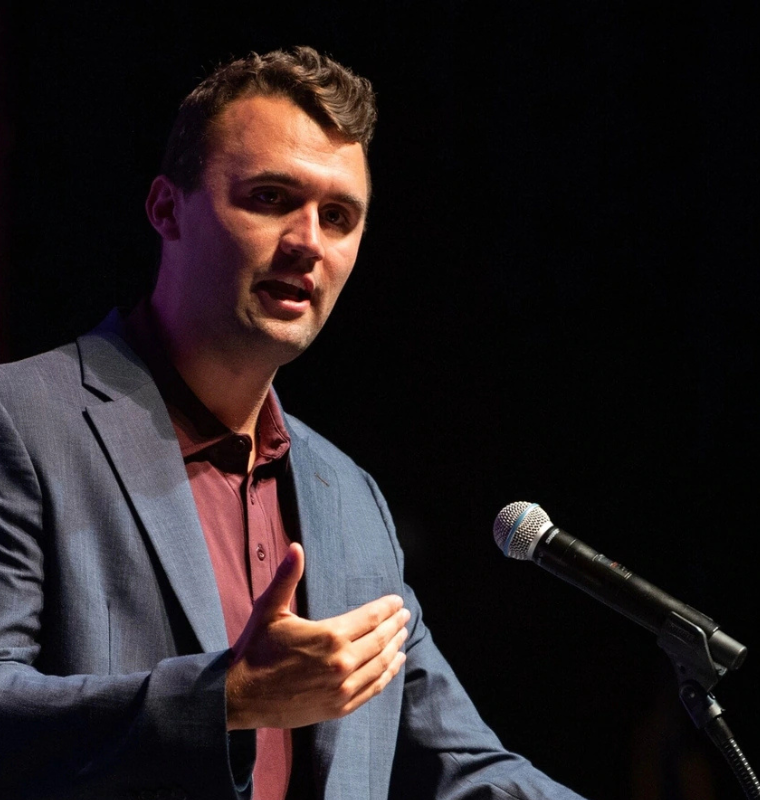Russia May Have Miscalculated Trump Strategy, Says Former U.S. Ambassador
Russia May Have Miscalculated Trump Strategy, Says Former U.S. Ambassador
By
Calder Monroe
Last updated:
July 16, 2025
First Published:
August 3, 2025

Photo: Global News
Former U.S. Ambassador Says Russia Is Reassessing Its Approach as Trump Increases Pressure on Putin
William Courtney, a former U.S. ambassador to Georgia and Kazakhstan, believes Russia may be reconsidering its past political strategy toward Donald Trump, as the former president now appears to be increasing pressure on Russian President Vladimir Putin to end the war in Ukraine.
Speaking during a recent geopolitical panel discussion, Courtney suggested that Moscow may be wondering if it “overplayed its hand” in its previous alignment or soft rhetoric toward Trump. With Trump now publicly demanding that Russia halt its aggression in Ukraine—and even raising the possibility of secondary tariffs—Russian officials are reportedly reassessing the dynamics of their prior positioning.
Trump Takes a Tougher Stance on Ukraine War
While Trump’s earlier presidency was often characterized by ambiguous messaging around Russia, his latest policy positions have surprised analysts. Trump has warned that if the war in Ukraine doesn’t de-escalate, his administration would explore punitive economic measures, including potential secondary tariffs—tariffs applied to other nations or entities that continue doing business with Russia.
Courtney, however, described the tariff threats as “not realistic,” pointing out that secondary sanctions are typically complex and difficult to enforce without multilateral cooperation.
“The threat of secondary tariffs is more of a political signal than a policy plan,” Courtney said. “Without coordination with allies and enforcement mechanisms, these kinds of penalties don’t tend to be effective.”
Russia’s Strategic Misstep?
Courtney pointed to growing speculation among Russian political analysts and insiders that the Kremlin may have misjudged Trump’s long-term positioning. Initially viewed as a potentially favorable partner who could temper NATO expansion or dial down sanctions, Trump is now turning toward a harder posture, especially as the 2024 election campaign intensifies.
Russian state media, which once praised Trump’s foreign policy for its unpredictability and relative leniency toward Moscow, has shifted to a more measured tone, reflecting uncertainty about what Trump’s next administration could actually mean for the Kremlin.
Impact on U.S.-Russia Trade and Global Sanctions
Trump’s shift in rhetoric also holds implications for U.S.-Russia trade, which has already been significantly reduced since the war in Ukraine began. U.S. exports to Russia fell by over 85% from 2021 to 2023, and ongoing sanctions continue to block key Russian industries from global financial and supply networks.
Adding secondary tariffs could further restrict access to Western technologies and financial systems, especially if enforced on countries still conducting trade with Russia, such as China, India, or Turkey.
But Courtney noted that unilateral secondary tariffs could backfire by alienating key U.S. trade partners and triggering WTO challenges or retaliatory trade actions.
Broader Geopolitical Context
Courtney emphasized that Trump’s new tone could also be a strategic campaign move aimed at reshaping his image on foreign policy. With criticism during his first term for being too accommodating toward authoritarian regimes, including Russia, Trump’s firmer stance may be designed to appeal to moderate voters and hawkish Republicans.
“This may be Trump’s way of showing he can be tough on Russia—especially when it comes to defending American interests and deterring aggression in Eastern Europe,” Courtney added.
Final Thoughts: A Calculated Reset?
As Russia continues its military campaign in Ukraine and faces tightening global sanctions, the recalibration of its political calculations regarding Trump is no small matter. If Trump returns to office and maintains this tougher stance, it could lead to more pressure on the Kremlin, new layers of economic warfare, and a redefinition of U.S.-Russia relations—one no longer shaped by past assumptions.
For now, both sides appear to be watching each other closely, preparing for a possible shift in the global order.
Popular articles
Subscribe to unlock premium content
Bolivia How Lithium Mining Policies Are Positioning It as the Next Global EV Battery Hub

Naval Ravikant The Angel Investments That Quietly Made Him a Multimillionaire

Rising From the Rubble Lessons From Billionaires Who Failed 10 Times Before Success

Bolivia How Lithium Mining Policies Are Positioning It as the Next Global EV Battery Hub

Naval Ravikant The Angel Investments That Quietly Made Him a Multimillionaire

Bolivia How Lithium Mining Policies Are Positioning It as the Next Global EV Battery Hub









